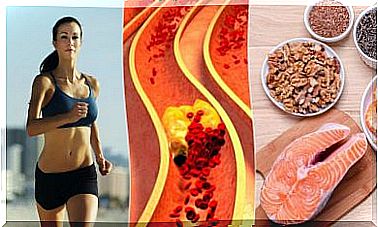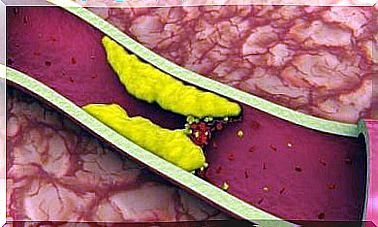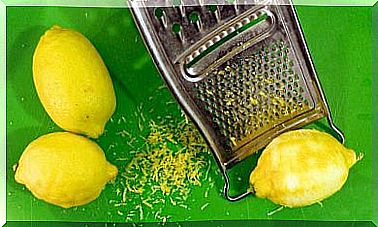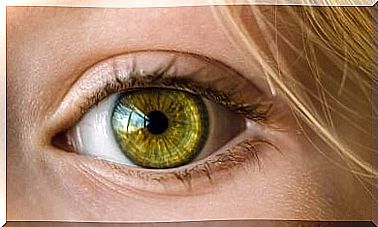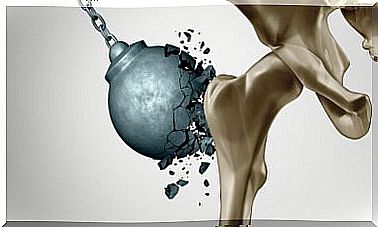How Much Sugar Is In Our Food And How To Replace It
Virtually all food has sugar, but we may not know how much our dishes actually have or how to replace it. If you want to know, keep reading and take note of the following aspects.
Types of sugar that we can find in food
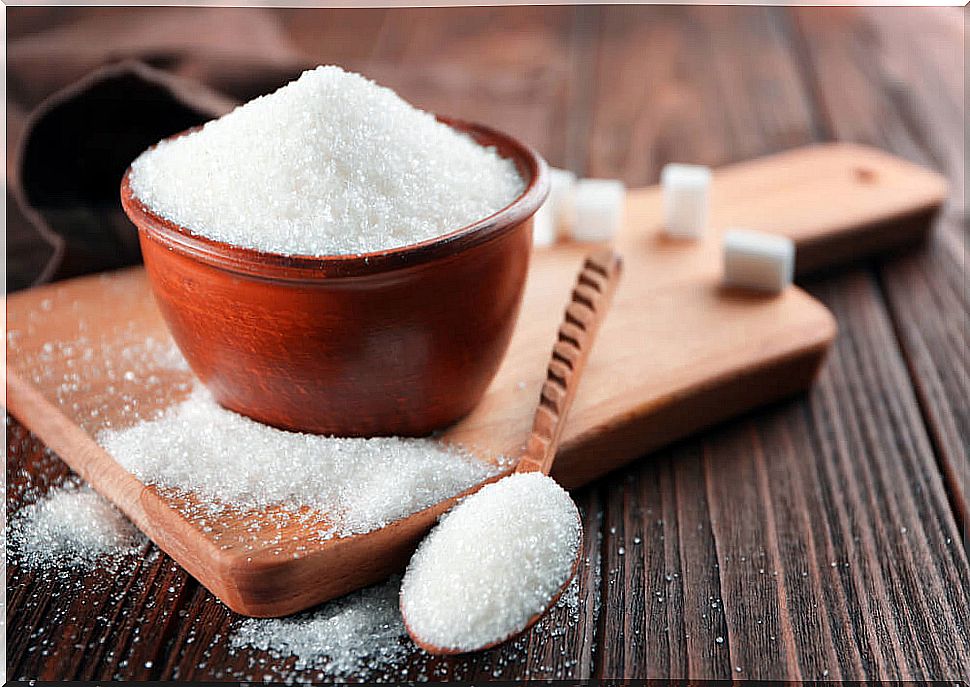
Although it may not seem like it, the truth is that there are different types of sugar according to different types of food. Sugar can come from both fruits and other industrially made products. They provide a great source of calories, but are usually empty calories.
This is so because it is a substance that has neither vitamins nor minerals, and in the case of industrialized foods, the percentage of sugar can reach 80%.
Plus, there is hidden sugar in foods that you probably wouldn’t even imagine. For example, in processed salty food there is added sugar, and sometimes a single dish can exceed what is recommended for the whole day; such is the case with pizza.
How to detect sugar on labels
Not always in the labels of the products it appears that they have sugar or they do not detail it clearly. In this sense, in order to control its consumption, it is essential to detect it on the nutritional labels of foods.
So much so, that there are more than a dozen names to refer to sugar. Among them we would find some such as fructose, glucose, sucrose and molasses.
Amount of sugar depending on the food
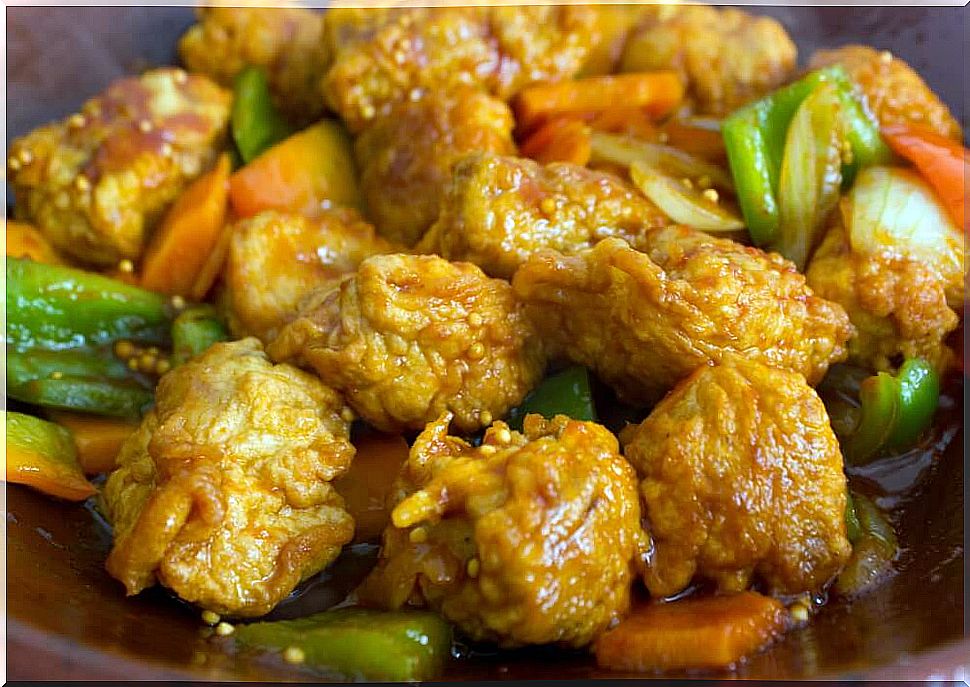
For example, two slices of whole wheat bread contain a tablespoon of sugar, a cup of gazpacho no less than six tablespoons, while a serving of sweet and sour chicken with rice has ten tablespoons.
The recommended daily amount
The World Health Organization (WHO) recommends consuming about 10 to 50 grams of sugar per day. This amount was stipulated since the late 1980s.
Keep in mind that added sugar is different from what fruits, vegetables and milk have naturally.
How to replace these foods
1. Honey
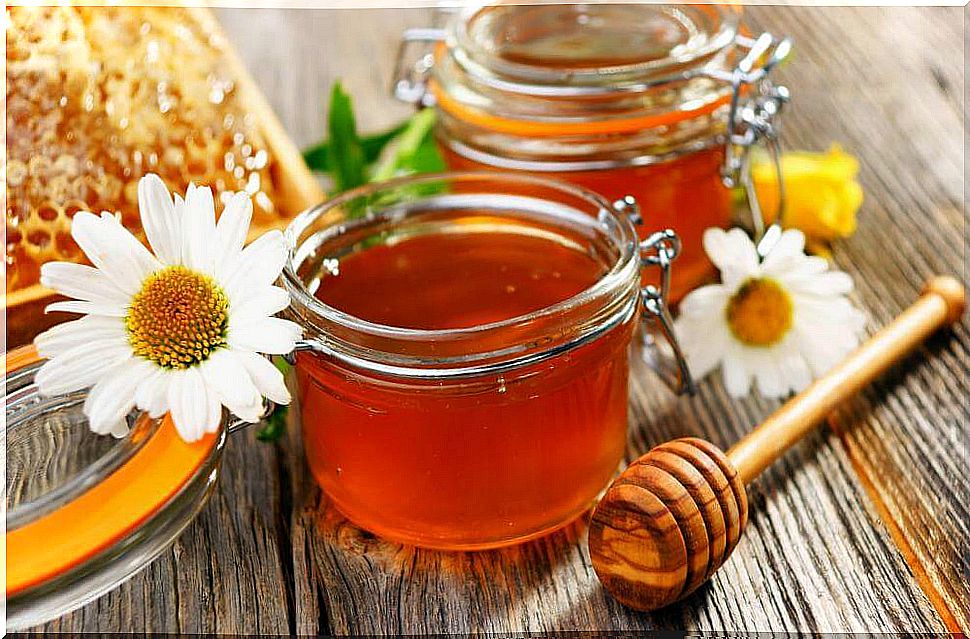
Honey can be an excellent substitute for sugar. It is a liquid, sweet and natural substance that is composed of 80% natural sugars, 18% water and 2% minerals, vitamins, pollen and proteins.
In addition, this substance has fructose and glucose that make up 70% of the natural sugar content of honey. In fact, by balancing both substances it is possible to determine whether the honey is dark or light.
Honey is a perfect substitute. Keep in mind that 100 grams of sugar represent 400 kilocalories and 100 grams of carbohydrates. While this same amount of pure honey provides on average: 330 kilocalories and 81 grams of carbohydrates.
2. Agave nectar
Agave is a sweetener that comes from the agave plant in Mexico and is composed, for the most part, of glucose and fructose. Agave syrup is slightly sweeter than table sugar and its texture is similar to that of honey.
It is frequently used as a substitute for sugar. Despite this, there is no evidence capable of showing that refined agave is healthier than refined sugar.
3. Fruits

Fruits contain a type of sugar called fructose. In addition, they have powerful nutrients: fibers, vitamins and minerals. If, for example, what you are looking for is to increase your fiber intake, you can replace table sugar with fruit.
Likewise, the skin of the fruit also contains antioxidants and if it is grated it can be added in juices or to marinate meats.
Keep in mind that juice is not as healthy in this regard. And is that by taking an apple, we are ingesting a large amount of fiber and water.
So if we drink a small glass of processed apple juice, we are actually ingesting the juice of five large apples. So processed juice is not a substitute for fruit.

